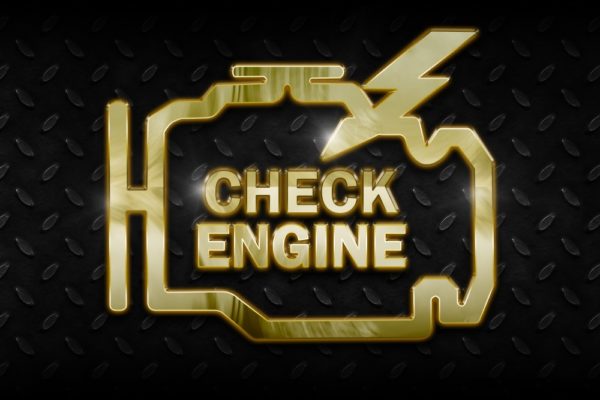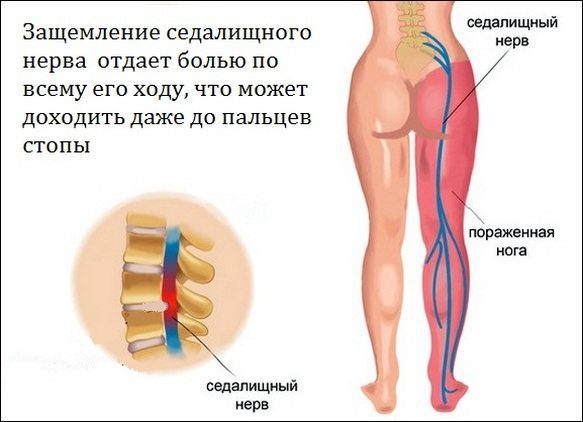
Pain in the hips and calves: what to do?
Content
Delayed muscle stiffness or pain is mild muscle pain resulting from very intense or unusual exercise. This pain is most intense between 24 and 72 hours after exercise, then it gradually disappears after a few days, at most 1 week after exercise. Pain is a logical and almost systematic consequence of the resumption of sports activities or more intense effort than usual. They can affect both beginners and experienced mountain bikers.
Why does it hurt?
Pain is muscle pain. They appear due to microcracks or microdamages in muscle fibers. They are associated with involuntary and prolonged muscle contraction.
Contrary to old assumptions, lactic acid does not cause muscle soreness. The latter disappears about an hour after training, long before the onset of stiffness. Therefore, he cannot be responsible for either muscle fiber damage or muscle stiffness.
How can muscle soreness be prevented?
The first factor that limits the appearance of muscle stiffness is training. The more muscles are used to exert force, the more they resist stiffness. This is a good indicator of your state of form: if you feel sore after every walk, it means that your body has not yet learned the features of running or your workouts are too far apart.
Warm up well
It is important to take about ten minutes before trying to reduce pain as much as possible. In mountain biking, this means, if possible, slowly start off on a flat surface and ride a few kilometers.
Adapt your diet
Certain foods can relax muscles and help them relax.
ginger
Ginger's main compound, gingerol, is known for its many anti-inflammatory properties and has much the same effect as aspirin. Thus, muscle pain is reduced by up to 24%.

Tomato juice
Drinking tomato juice after exercise can lower your blood markers of inflammation thanks to lycopene, an antioxidant compound found in tomatoes.
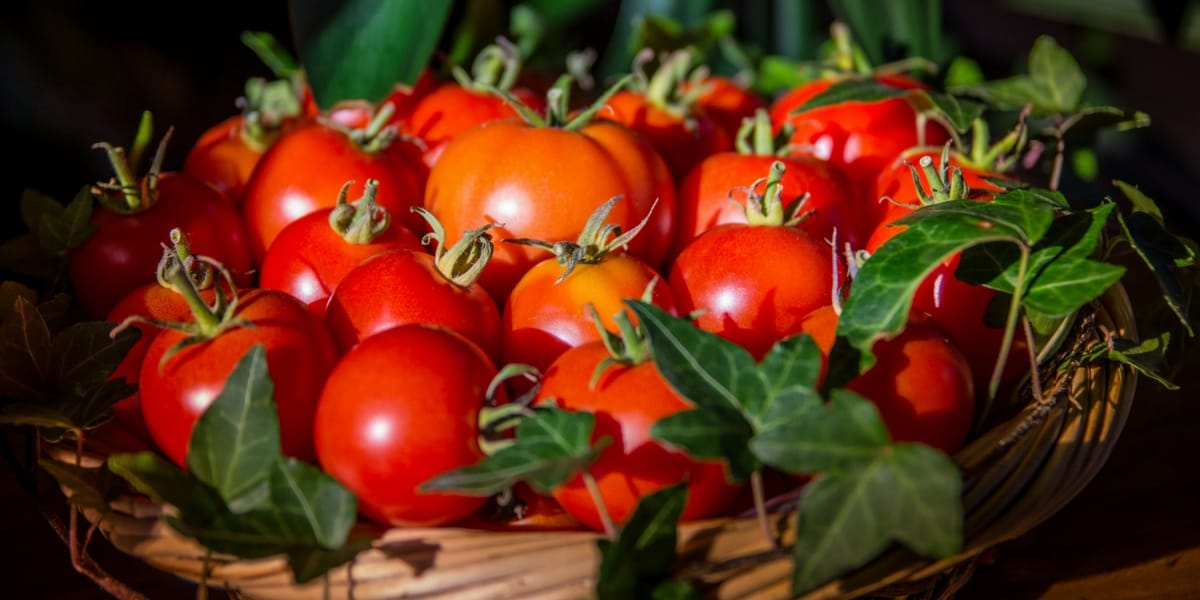
Fish
The omega-3 fatty acids in fish promote muscle regeneration and accelerate the healing process.

Red beetroot
Beets are an important source of nitrates, phenolic acids, and also contain bioactive pigments known for their powerful antioxidant and anti-inflammatory effects.

Coconut water
It is the electrolytes contained in it that relieve muscle pain.
Chilli
Phytochemicals stimulate blood circulation and accelerate muscle regeneration.

caffeine
When consumed in moderation (two small cups), caffeine blocks adenosine receptors in the body, a chemical that responds to inflammation and causes muscle pain.
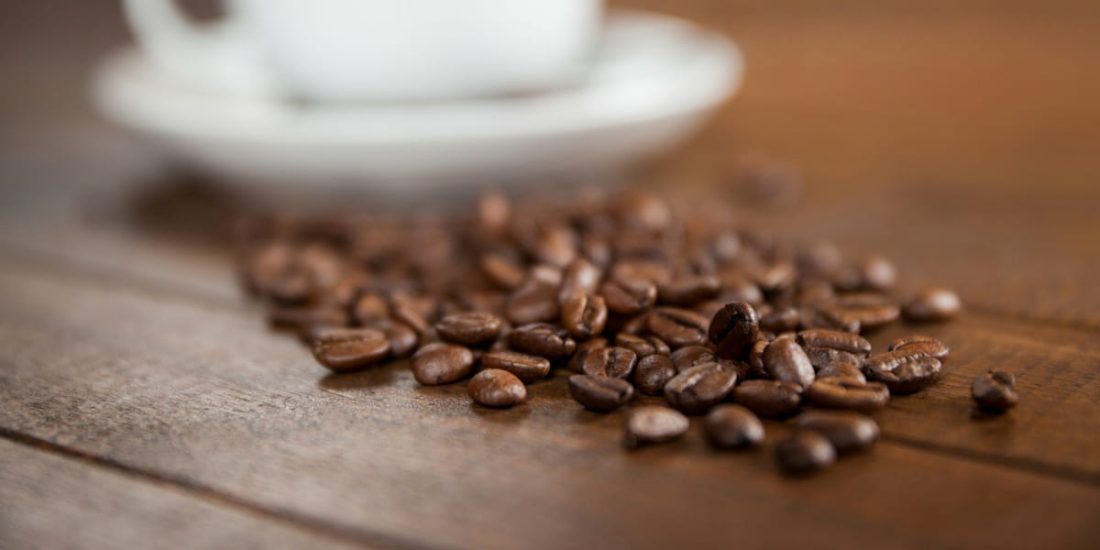
Morello cherry
Drinking 50 ml of cherry juice before and after exercise can relieve muscle pain. The anti-inflammatory and antioxidant effects of this juice will help your muscles recover faster.
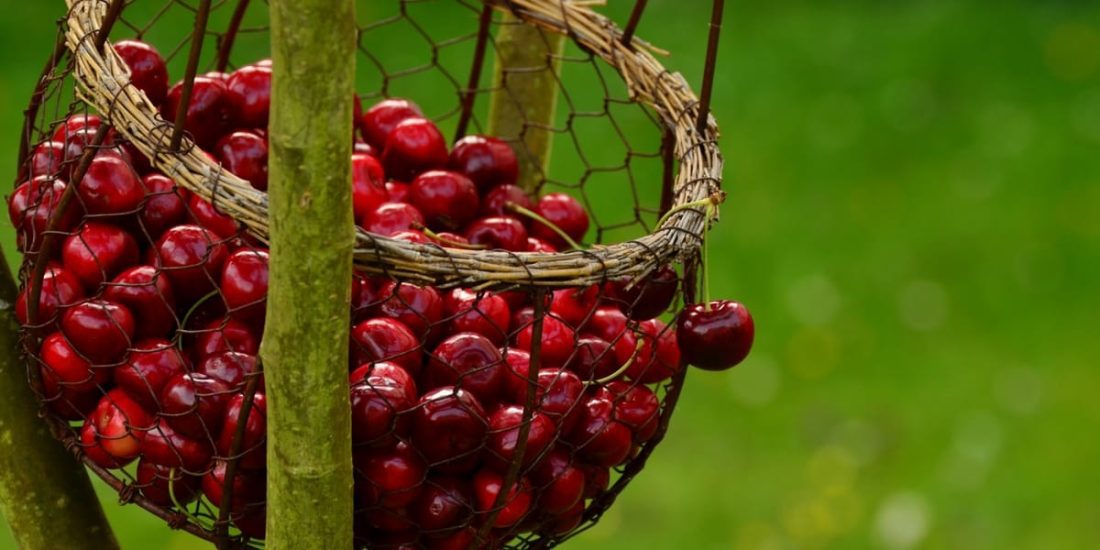
Turmeric
This spice is considered to be the most powerful pain reliever. The cucurmin it contains does indeed have powerful anti-inflammatory and antioxidant properties.

Green tea
It contains the same substances as chili peppers and stimulates regeneration processes.
Drink a lot to stay hydrated.
Cells need water to function and eliminate waste. If rich in magnesium, it helps muscle cells to become more efficient and resilient. During long workouts, you should drink the equivalent of a glass of water every quarter of an hour and more than 1,5 liters per day, no matter what.

Stretching after exertion
Do not stop abruptly at the end of the ride, but gradually reduce the intensity of your pedaling to allow your body to adapt to the change in pace. Stretching should never be done if you have severe muscle soreness, as this can aggravate muscle tension. After intense or unusual workouts, the likelihood of soreness in the muscles is very high, so it is recommended to stretch with caution. Generally, the more intense the activity, the more careful the stretch should be to avoid damaging the muscles.
How to stretch properly after mountain biking?
Stretch right after your workout while your muscles are still warm because they will become stiff afterwards. Static stretching is best done after a workout because it will help release muscle tension. Stretch until you feel slight tension, then hold this position for 20 to 90 seconds.
- quadriceps stretch
- A standing test subject holds in his hand a push of the hip, which needs to be stretched.
- The pelvis is tilted so as to round the lower back.
- The bust is straight, the subject is stretched by increasing the flexion of the knee.
- stretching the calf muscles and hamstring
- The extended hip is pulled forward, the heel is on the ground, and the tip of the foot is raised.
- The hind leg is slightly bent so as not to interfere with movement.
- With the torso upright and the arm extended back, the subject leans forward until he feels tension on the back of the thigh. Hold the position, then gradually return.
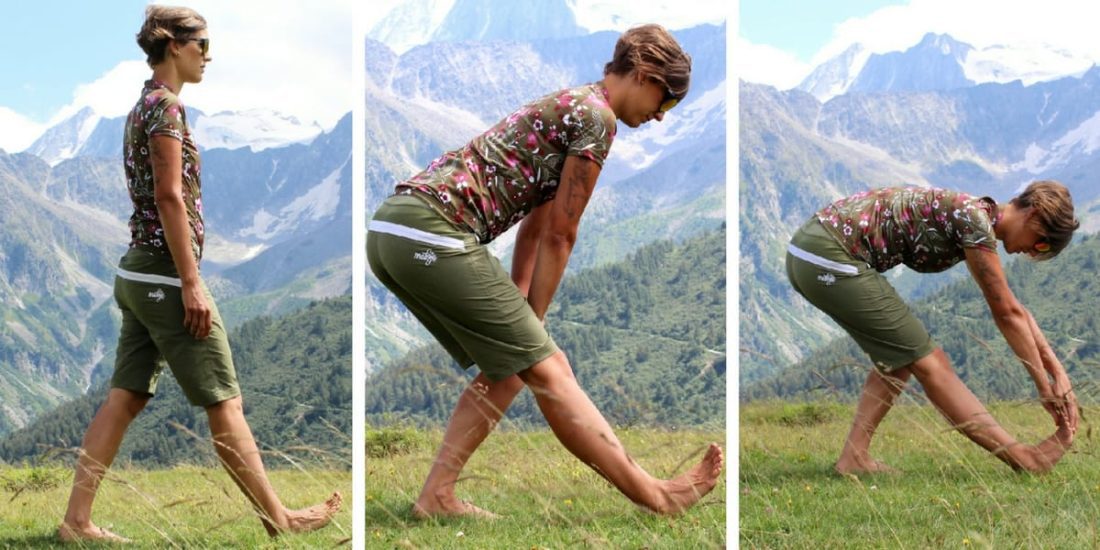
Take a bath

Immerse yourself in cool water at about 28 degrees to relax your muscles, and top off with a jet of cold water to enhance recovery. You can also apply ice immediately after training to reduce muscle inflammation.
Microtrauma to muscle fibers, which cause stiffness, are responsible for the leakage of calcium inside the fibers. This phenomenon is toxic and causes a delayed inflammatory response, resulting in stiffness within 24 to 48 hours. The sensitivity of muscle fibers to calcium depends on temperature: it increases when it is hot, and decreases when it is cold. Immersion in an ice bath after exercise reduces calcium toxicity and hence the release of pain-causing inflammatory substances. But the anti-inflammatory effect of cold has actually been known for a long time: therefore, ice packs are applied to certain wounds.
Tip: Gaultherie is a plant with powerful anti-inflammatory and pain-relieving properties. It is also found in many allopathic balms and ointments. To relax your muscles, add 10 drops of wintergreen to sweet almond oil and add completely to your bath water.
Get a massage or use an electrostimulator
Massage will rid your body of substances that play a role in inflammation and release tension from your muscles. You can also massage the painful area yourself with your thumb or tennis ball.
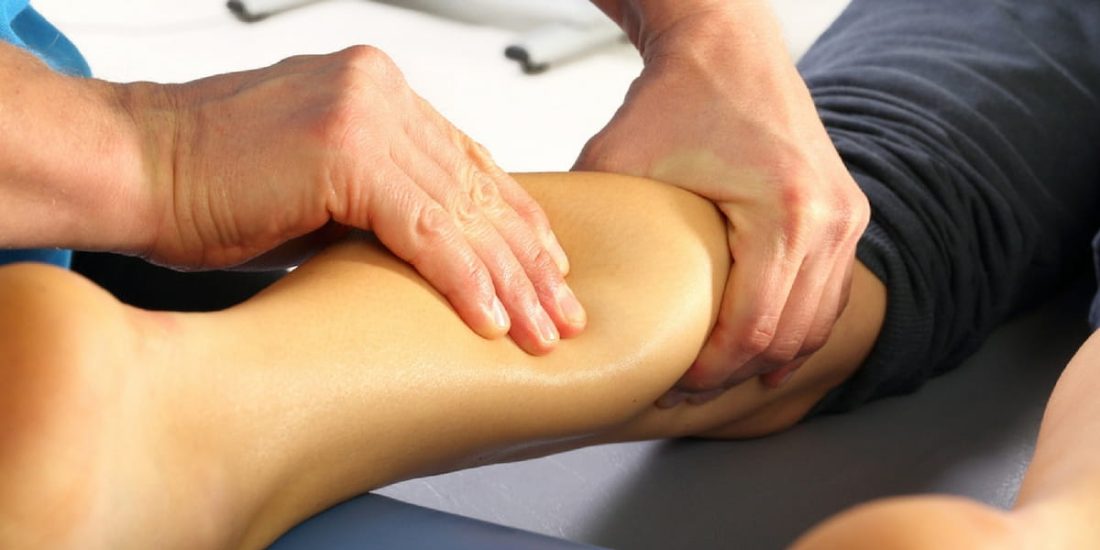
Massage oil against muscle stiffness
Make massage oil from the following ingredients:
- 30 ml of macadamia oil
- 3 drops of medicinal lavender
- 3 drops of rosemary
This mixture helps tone and relax muscles. Massage the painful areas with this oil for muscle soreness.
Should you continue exercising for muscle pain?
You do not need to pause physical activity for muscle pain. Just choose sports that don't take too much effort to help your muscles recover. If you are too harshly coerced or return to sports, you may be injured.

